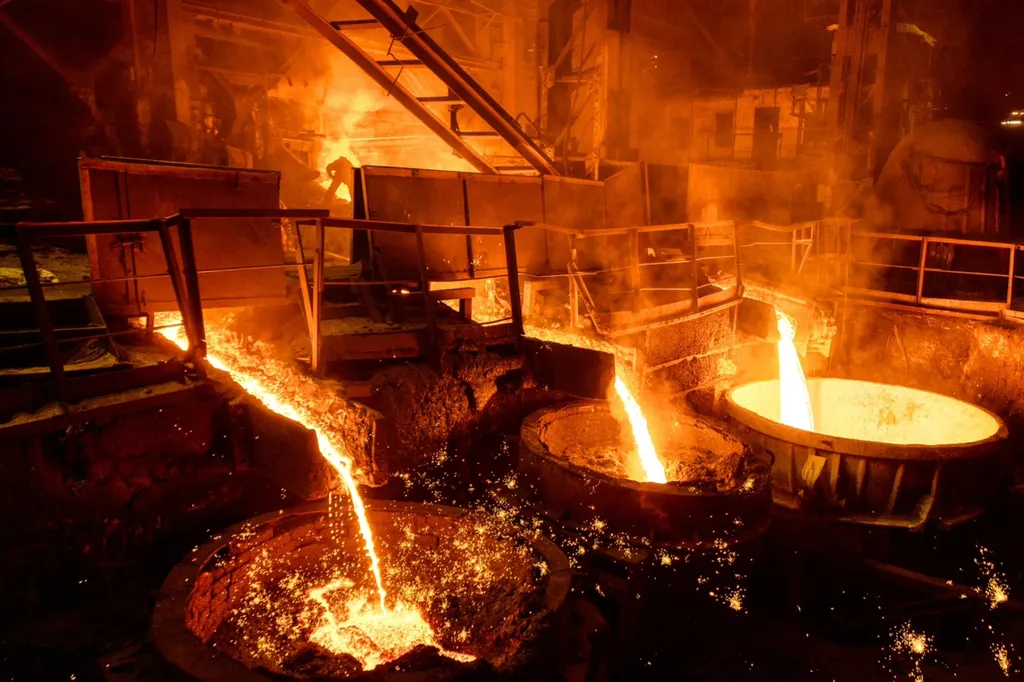In the heart of Guangzhou, China, a groundbreaking study led by Ghasan Fahim Huseien at the Guangzhou Institute of Energy Conversion, Chinese Academy of Sciences, is turning the construction industry’s waste problem into a sustainable solution. The research, published in the journal *Buildings* (which translates to “Buildings” in English), explores the potential of recycling waste ceramic tiles (WCTs) in the green concrete industry, offering a promising path towards a more eco-friendly and resource-efficient future.
Ceramic tiles, a staple in construction, are notoriously non-biodegradable, leading to significant landfill accumulation. “WCTs do not decompose easily,” Huseien explains, “leading to long-term accumulation in landfills and occupying a significant amount of landfill space, which has substantial environmental impacts.” His research highlights that recycling WCTs can reduce landfill waste, conserve natural resources, and lower energy consumption, all while supporting the circular economy.
The study delves into the innovative technologies and advancements in green concrete performance, focusing on the reuse of WCTs as replacements for cement, fine, and coarse aggregates. “The use of technologies for recycling WCTs has demonstrated potential in promoting sustainability and supporting the transition toward a more environmentally friendly construction industry,” Huseien states.
The implications for the energy sector are substantial. By reducing the demand for virgin materials, the construction industry can lower its carbon footprint and energy consumption. This shift not only aligns with global sustainability goals but also presents commercial opportunities for companies investing in green technologies and circular economy practices.
The research also underscores the importance of continuous innovation in recycling technologies. As the construction industry grapples with waste management challenges, the findings offer a blueprint for future developments. “This approach offers a practical contribution to sustainable development and represents significant progress in closing the recycling loop within the construction sector,” Huseien notes.
In an era where sustainability is no longer optional but imperative, Huseien’s work shines a light on the untapped potential of waste materials. As the construction industry evolves, the integration of recycled materials like WCTs could redefine standards, paving the way for a greener, more efficient future. The study, published in *Buildings*, serves as a catalyst for change, inspiring stakeholders to embrace innovative solutions and drive the transition towards a more sustainable construction industry.

